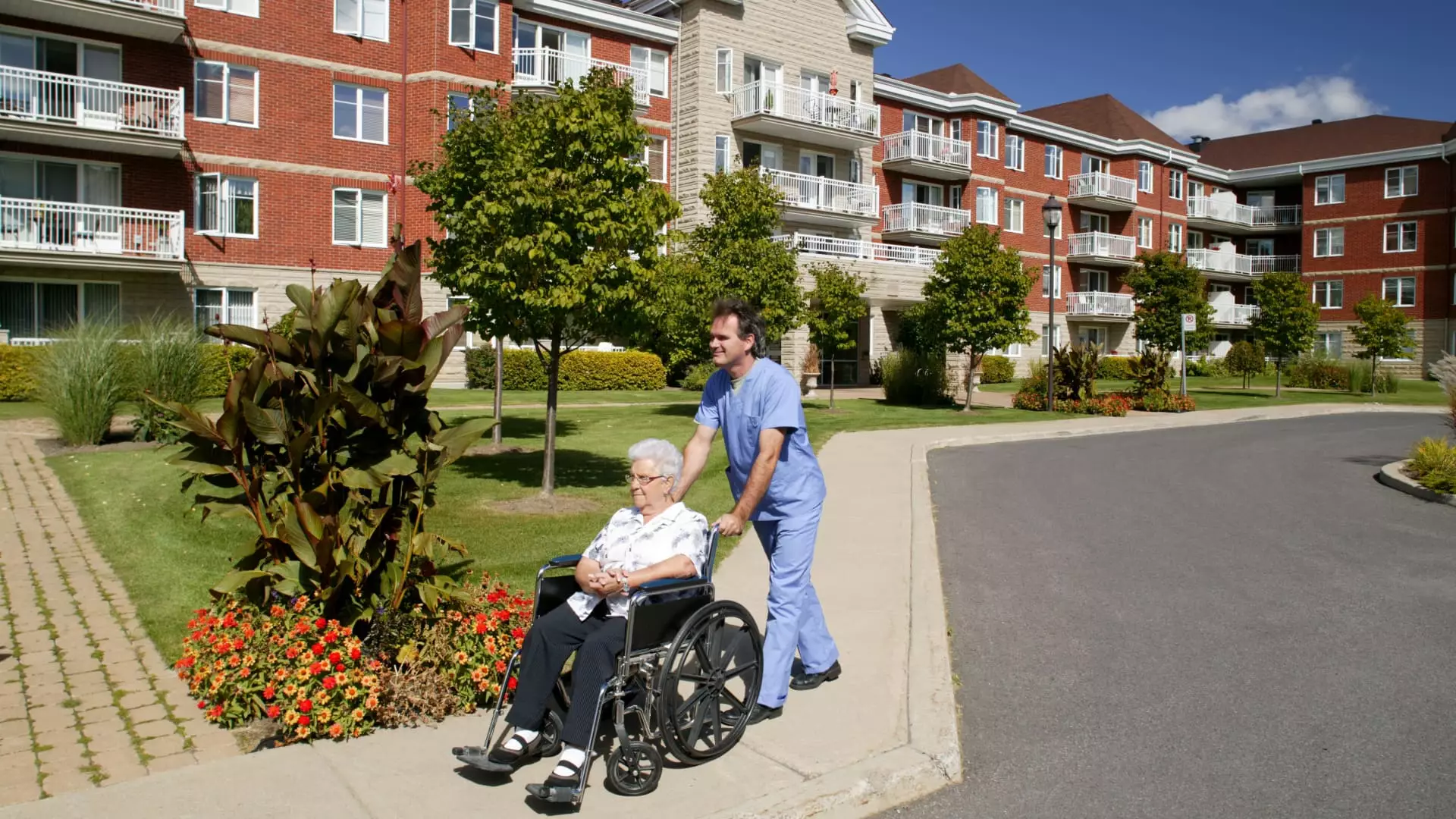The unsettling reality is that while society grapples with the ramifications of aging, investors are poised to benefit immensely from this demographic shift. As the baby boomer population reaches, or surpasses, retirement age, the changing landscape presents both challenges and opportunities. A recent analysis by UBS, highlighting longevity as a key driver of investment, offers compelling reasons to focus on specific sectors in the market, particularly in the realm of real estate investment trusts (REITs).
The Booming Senior Housing Market
As the oldest members of the baby boom generation approach their eighties, the need for robust senior housing options is escalating. UBS forecasts a staggering demand for over 775,000 additional senior housing units by 2030. This demographic shift goes beyond mere numbers; it’s a wave of opportunity that requires a nuanced exploration of investments.
The aging populace signals not just a quantitative increase in demand for housing but also a qualitative transformation in the services offered to seniors. The retirement living sector, set to grow at a compound annual growth rate of 4%, beckons foresighted investors. Housing options ranging from independent living communities to assisted living and nursing facilities must adapt to meet the unique needs of older adults. This scenario is not merely a statistic; it urges us to reconsider how we align our investment strategies with societal trends.
Profiting Through REITs
UBS identifies two REITs—Ventas and Welltower—as prime candidates to capitalize on this surge in senior living demand. Ventas, with its diversified portfolio encompassing nursing facilities and medical offices, boasts a promising 2.8% dividend yield. Analyst Jonathan Woloshin emphasizes the significance of its geographic diversity and comprehensive holdings. As senior housing occupancy rebounds from pandemic-induced lows, Ventas is well-positioned to benefit from growing consumer confidence and improved margins.
Welltower, on the other hand, flaunts an extensive portfolio of over 1,500 senior housing and outpatient medical facilities. While its 1.8% dividend yield may seem modest, the company is witnessing occupancy gains that have propelled its stock price by 21% this year alone. As analyst Thomas Parmentier notes, Welltower operates in a multitude of “high-barrier-to-entry” markets, which puts it in an advantageous position amidst increasing competition in the sector.
The Fragility of Current Real Estate Dynamics
Yet, despite these promising indicators, one must approach this landscape with caution. The recent recovery in senior housing is not a blanket guarantee for continued success. Companies like Ventas must navigate the nuances of an ever-evolving market, especially as investment trends fluctuate. An important consideration is the historical inconsistency in management execution that has plagued the sector. Investors would be wise to scrutinize management strategies and their responsiveness to the shifting needs of an aging population.
In contrast, Welltower seems to have carved a niche for itself through commendable operational performance. However, the stock trades at a steep premium compared to its peers. While a premium may be justified given Welltower’s financial standing and management quality, it raises ethical questions about valuations and the sheer notion of worth in the face of societal aging. Is it fair for investors to reap profits from a demographic that is often vulnerable?
Ethical Considerations in Investment
The profit motives behind investing in senior housing and healthcare must be scrutinized. An ethical lens reveals that while financial markets can benefit from an aging population, success should not come at the detriment of the quality of care and living conditions for seniors. The urgency of demand shouldn’t allow for complacency; companies must ensure that they are not merely profitable but also providing essential services that enhance the lives of older adults.
Investors who align themselves solely with profit potential may miss the forest for the trees. The focus should not only be on dividends and share prices but also on how these investments impact society. Capitalism thrives when coupled with responsibility, especially in sectors like healthcare and senior living.
Aging may well serve as a tailwind for the stock market, offering avenues for growth and innovation. However, as we lean into this opportunity, we must not lose sight of the responsibility that comes with investing in the well-being of a vulnerable population. تن, balancing profits with a commitment to quality care could ensure that the sector’s growth is sustainable in the long run, benefiting both investors and the society at large.

